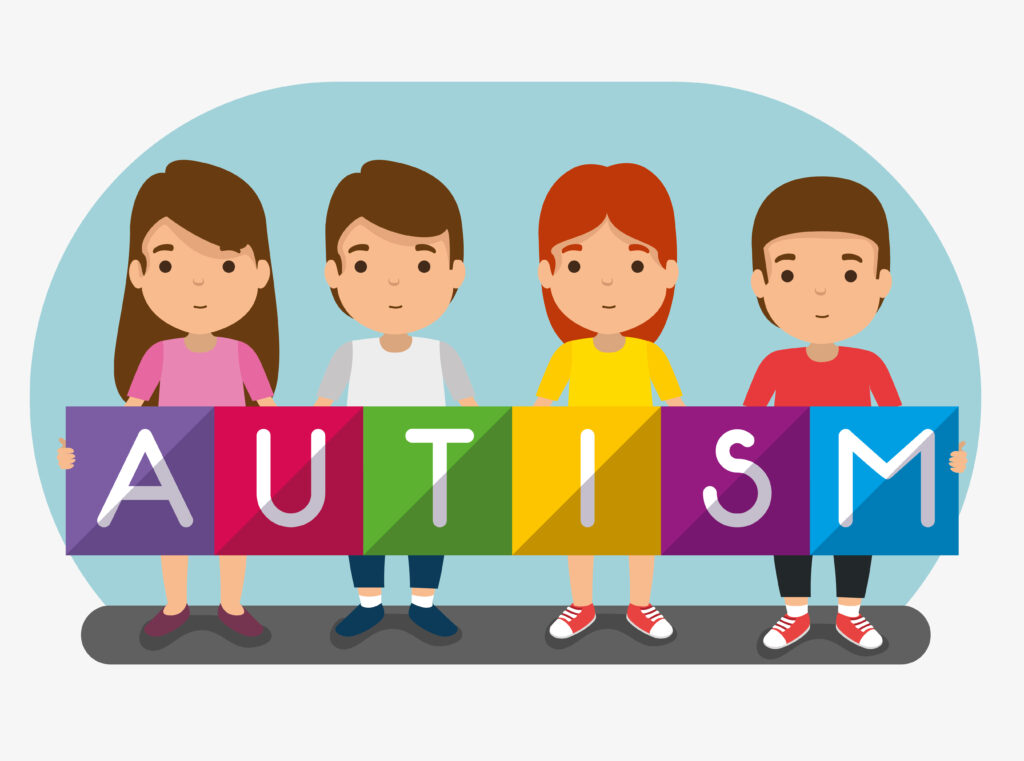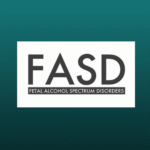Autism Spectrum Disorder (ASD) is not a disease, it’s a different way of experiencing the world.
It’s a complex neurodevelopmental condition that affects how an individual communicates,
interacts socially with others, and processes sensory information. The term “Spectrum” reflects
the wide range of symptoms and severity seen among individuals with autism.
In recent years, awareness of ASD has grown significantly, and more families are seeking
information, support, and guidance. Together through this comprehensive article, let’s try
understanding autism – from signs and symptoms to diagnosis, treatment options, and daily
support strategies. Whether you’re a parent, caregiver, teacher, or simply someone seeking
knowledge, this guide will equip you with essential insights.
What causes Autism?
The exact cause of autism is still not fully understood. However, it is believed by researchers
that a combination of genetic and environmental factors contribute to its development.
Genetic Factors:
● Often ASD runs in families, sometimes the symptoms are mild and can be undetected
but they are still there, indicating a genetic link.
● Certain genetic mutations or chromosomal abnormalities (like Fragile X syndrome) can
increase the risk.
● Not all people with people with autism have identifiable genetic causes, but genetics play
a strong role in susceptibility.
Environmental Factors:
● Prenatal exposure to certain substances (like valproic acid or thalidomide).
● Mental health conditions, such as gestational diabetes or infections during pregnancy.
● Advanced parental age at the time of conception may slightly increase the risk.
It is important to note that vaccines do not cause autism, this myth has been widely debunked
by extensive scientific research.
Common Signs And Symptoms Of Autism
ASD usually appears in the first three years of life, but symptoms can sometimes go unnoticed
until later. Since it’s a spectrum disorder, not every child or adult with autism will show all
symptoms or to the same degree.
Social and Communication Challenges:
● Limited eye contact or lack of facial expressions
● Difficulty understanding others emotions or social cues
● Delayed speech or language development
● Repetitive use of language or unusual speech patterns
● Preference for being alone, struggle with group play or interaction
Behavioral and Sensory Traits:
● Repetitive movements (e.g., hand flapping, rocking)
● Strong attachment to routines or rituals
● Extreme sensitivity to sound, touch, taste, or light
● Intense interests in specific topics or objects
● Difficulty adjusting to changes or transitions
Some children with ASD may also display exceptional skills, such as in music , math, or
memory , this is often referred to as Splinter Skills.
Diagnosing Autism Spectrum Disorder
Early Identification is Crucial
The earlier ASD is detected, the better the outcome. Diagnosis is typically made by a paediatric
neurologist, psychologist, or developmental pediatrician based on observed and developmental
history.
Steps in Diagnosis:
- Developmental Screening: Pediatricians use checklists during routine checkups (at 18
and 24 months) to identify early signs. - Comprehensive Evaluation: If signs are present, a detailed assessment is conducted
involving observation, interviews with parents, and cognitive or language testing. - Tools Used:
○ ADOS (Autism Diagnostic Observation Schedule)
○ CARS (Childhood Autism Rating Scale)
○ M-CHAT (Modified Checklist for Autism in Toddlers)
Early Intervention: A Game Changer
Use Intervention during the critical developmental years (0-6 years) can dramatically improve a
child’s ability to communicate and function independently.
Common Therapies Include:
● Speech and Language Therapy: Improves communication skills.
● Occupational Therapy: Helps with fine motor skills and sensory processing.
● ABA (Applied Behavior Analysis): A structured technique to teach positive behaviors
and reduce negative ones.
● Special Education Services: Customized learning strategies based on the child’s
needs.
● Play Therapy: Uses play to improve social and emotional skills.
Parental involvement and consistency at home are crucial for success. With the right guidance,
children with ASD can thrive in school and life.
Autism in Adulthood
ASD doesn’t go away, it evolves. As children with autism grow into teens and adults, their needs
change.
Challenges in Adolescence and Adulthood:
● Difficulty forming friendships or romantic relationships
● Struggles with employment or independent living
● Co-occurring conditions like anxiety, depression, or ADHD
Support Systems for Adults with ASD:
● Vocational training and job coaching
● Life skills training (budgeting, cooking, hygiene)
● Therapy or counseling for emotional well-being
● Social skills groups or peer mentorship programs
Many adults on the spectrum lead fulfilling, independent lives with the right support and
structure.
Living with ASD: Tips for Parents and Caregivers
- Accept and Empower
Acceptance is the first step toward progress. Recognize that your child’s brain works differently,
not incorrectly.
- Build Routine
Children with ASD thrive on structure. Create consistent schedules for meals, therapy, sleep,
and play. - Use Visual Supports
Picture charts, emotion wheels, and visual timers help children understand tasks better. - Celebrate Small Wins
Every step forward, no matter how small, is significant. Encourage and celebrate effort and
improvement. - Prioritize Self-Care
Caring for a child with autism can be emotionally intense. Parents should seek support groups,
respite care, or counseling when needed.
Can Autism Be Treated or Cured?
There is no “cure” for autism, but with early and tailored intervention, individuals can develop
critical life and social skills. Many children with ASD go on to attend mainstream schools, pursue
careers, and build meaningful relationships.
It’s not about changing who they are, it’s about helping them reach their full potential.
Myths and Misconceptions About Autism
● “People with autism don’t feel emotions” – FALSE. They feel deeply but may
express it differently.
● “Bad parenting causes autism” – FALSE. Autism is a neurological condition, not a
parenting issue.
● “All autistic people have intellectual disability” – FALSE. Some may, but many have
average or above-average intelligence.
● “Autism only affects boys” – FALSE. While more common in males, girls with ASD
are often underdiagnosed due to different presentations.
Compassion, Not Just Care
Autism Spectrum Disorder doesn’t define a person, it’s a part of their identity. Whether verbal or
non-verbal, introverted or expressive, each individual with ASD has unique strengths and
perspectives to offer.
Families and communities play a vital role in shaping how inclusive and supportive the
environment is. With awareness, early support, and unconditional love, individuals with autism
can flourish and lead meaningful lives.


